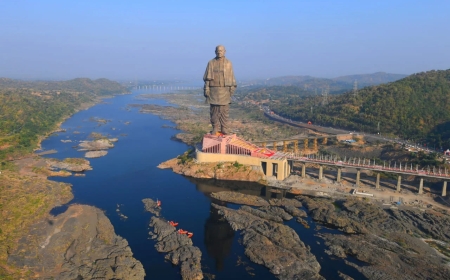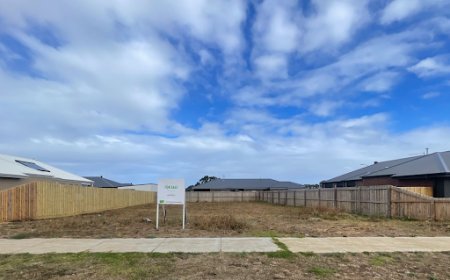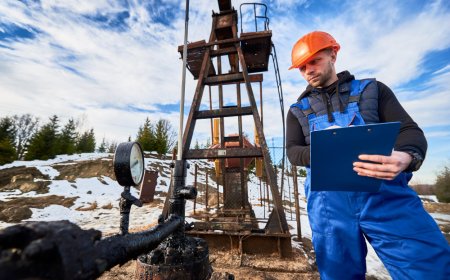Texas Flash Flooding: A Crisis on the Guadalupe River
Texas Hill Country—particularly along the banks of the Guadalupe River near Kerrville and Ingram. In less than two hours, up to a foot of rain fell, turning the normally calm river into a raging torrent.

The Problem
Late on July 4, torrential rains poured down on Texas Hill Countryparticularly along the banks of the Guadalupe River near Kerrville and Ingram. In less than two hours, up to a foot of rain fell, turning the normally calm river into a raging torrent.
-
At least 24 people have been confirmed dead by floodwaters sweeping through homes, camper sites, and camps
-
Around 2325 campersmainly young girls from Camp Mysticare still unaccounted for, last seen near the river early morning
-
Rescue teams, including 14 helicopters, drones, boats, and hundreds of personnel, are navigating debris-filled waters to locate missing people
-
The National Weather Service issued flash flood emergencies for Kerr and nearby counties, cautioning residents to seek higher ground
This wasnt a slow rise. In some areas, the river jumped 26 feet in just 45 minutesa life-threatening surge.
A Personal View from the Riverbanks
Why This Hits Close
I live for weekends and small escapeswhether its a peaceful vape break by the river or a night under the stars. That same calm can turn deadly in flash-flood zones. I cant imagine the panic those campers must have felt.
The Agitation
Some of those missing are only eight or nine years old. On what was meant to be a fun summer experience, they faced one of natures most sudden dangers.
Communities were blindsided. Homes flooded, families clung to trees for survival, and dozens had to be evacuated167 by helicopter alone.
At reunification centersIngram Elementary School and local theatersfamilies sat sleepless, hoping for word. Social media feeds filled with photos, voices carried urgent pleas: Please, if you see her
When officials say they had no warning system in place, it hits hard. No alerts came through phones, and the radar tools didnt foresee the magnitude.
As I write, the search continues nonstop. Tomorrow no one knows exactly how many will still be missing or even alive.
Whats Being Done: On-the-Ground Rescue Efforts
State and Local Response
-
Governor Greg Abbott declared emergency aid for Kerr and surrounding counties. He pledged unlimited resources
-
Texas National Guard, troopers, game wardens, local firefighters, sheriffs departments, and volunteers are coordinating efforts using helicopters, boats, drones, and ground teams
-
Theyve rescued or evacuated approximately 237 people so far, many from treetops or submerged vehicles
Technical Search Methods
-
Helicopters perform grid searches over icy, debris-laden waters
-
Boats navigate branches and damaged infrastructure
-
Ground teams scan riverbanks and ravines, using ropes and thermal imaging
-
Drones provide aerial footage, even in areas too dangerous for boats or foot patrols
Community Support
-
Reunification centers help families find loved ones and are staffed by volunteers
-
A dedicated hotline helps parents report missing children
-
Local nonprofits and churches are organizing food, shelter, and psychological support
How We Can Stay Safe (And Help)
I dont want to sound alarmist, but heres what Ive learned digging into this:
1. Identify flood-prone zones near your favorite spots
Rivers like Guadalupe rise fast. Dozens of summer camps, homes, and rentals sit right next to the water.
2. Watch the weathernot just forecasts, but alerts
Radar may miss extreme events. Always monitor real-time flash-flood warnings for your area.
3. Choose escape routes in advance
If the water starts rising, know where to gohigher ground, interior stairwells, solid structures. Dont assume calm until hours after a storm.
4. Bring a safety kit
I keep a waterproof bag with a flashlight, whistle, charged phone, power bank, drinking water, and a small first-aid kit whenever I head outdoors.
5. Support relief efforts
If you want to helpwhether with donations, volunteering, or spreading reliable informationstick to reputable local groups. And consider checking resources for vapersyes, even my vape community has organized care packages.
The Solution: Preventive Measures and Community Action
This tragedy shows we need better early warning systems and preparation. Here's what I advocate:
-
Invest in smart river sensors and alerts feeding local SMS or push notifications
-
Encourage camps to practice emergency drills, including flash-flood escapes
-
Empower volunteers with flood-response training and emergency gear
-
Raise awareness among outdoor enthusiastsincluding those who pause for a vape or snackabout how quickly conditions can deteriorate
Closing Thoughts
Im not an expertjust someone who likes the outdoors and understands how the most peaceful places can turn dangerous almost overnight. The families in Texas are living that reality right now. As this blog goes up, search crews are still working around the clock. Every camper, every campers family is in my thoughtsand in my vape-session prayers.
While rescue operations press on, lets remember:
-
The number to call if youre searching for a missing child in Kerr County is 830?258?1111
-
Communities are fragile. Riverbanks that hold summer memories can flood in minutes
-
We cant control the rainbut we can control how prepared we are
A flash flood may not be on your radar today, but the Guadalupe River proves it should be. Stay safe out therewhether you're chasing vapor clouds, currents, or countryside escapes.
Take care of yourself and each other.
Lucifer




































